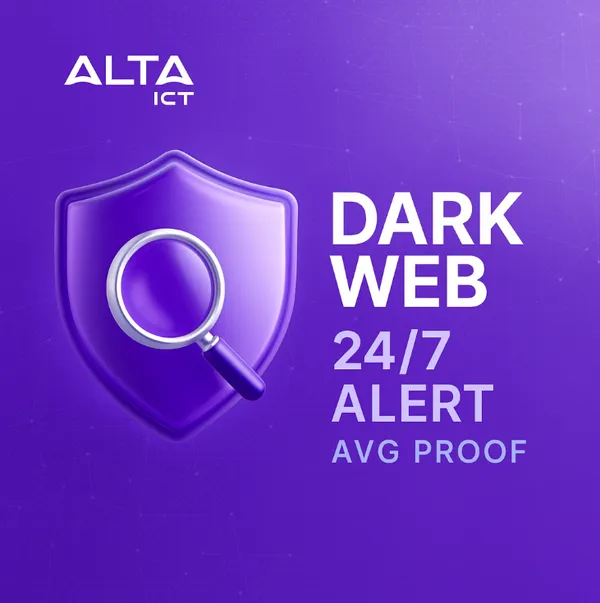
Knowledge base
January 24, 2025
Bank Spoofing: Recognize and Protect Yourself Against Fake Bank Calls
Cybercriminals are becoming increasingly sophisticated in their attempts to steal personal information and money. One recent and troubling method is bank spoofing, in which scammers impersonate bank employees and use fake phone numbers to inspire confidence. In this blog, we discuss the latest developments surrounding bank spoofing and provide tips on how to protect yourself.
📞 What is Bankspoofing?
Bank spoofing is a form of scam in which criminals use technology to fake your bank’s phone number. This makes it seem like you are being called by your own bank, when in reality these are scammers. For example, they report suspicious activity on your account and ask you for personal information or to transfer money to a “safe account.
🔍 Recent Developments
- Increase in Victims: The Fraud Helpdesk is noting a significant increase in the number of reports of bank spoofing this year. This shows that this scam method is unfortunately becoming more common¹.
- Technological Capabilities: Despite efforts by banks and telecom companies to combat spoofing, research shows that it is still possible for scammers to forge bank phone numbers. This underscores the need for continued vigilance.
🛡️ How Do You Recognize Bankspoofing?
- Unexpected Phone Calls: Be wary of unexpected calls from your bank, especially if personal information is requested.
- Urgent Requests: Scammers often create a sense of urgency to force you into quick action, such as transferring money immediately.
- Asking for Sensitive Information: Real bank employees will never ask for your full login information, PINs or other confidential information over the phone.
🚫 Protective measures
- Verify the Call: Hang up and call your bank yourself using the official number to verify that the call is legitimate.
- Do Not Share Sensitive Data: Never give personal or financial information to anyone who calls you unsolicited.
- Be Critical: Don’t be pressured and take time to think before taking action.
🚨 What To Do If You’re a Victim?
- Contact your Bank Immediately: Inform them of the incident so they can take measures to prevent further damage.
- Report it to the Police: This helps in tracking down the perpetrators and can prevent the same thing from happening to others.
- Use smart features: ING Netherlands offers a handy feature in the app. 📱 Getting a call from “ING? Open the app and look at the bottom of the home screen. There you will see the button ‘Is ING calling? Check the Conversation’ . Druk erop en vul het telefoonnummer in. Je krijgt meteen te zien of ING echt aan de lijn is of dat het een nepgesprek is. Superhandig en eenvoudig te gebruiken!²
- Report it to the Fraud Help Desk: They can provide you with advice and support³.
💡 Conclusion
Bank spoofing is a serious and growing threat. By being alert and taking proper precautions, you can avoid becoming a victim of this devious scam technique. Always remain critical of unexpected phone calls and never simply share your personal information.
Stay vigilant and protect yourself from bank spoofing! 🛡️
References
¹https://nos.nl/artikel/2532490-opgelicht-met-telefoonnummer-van-de-bank-leek-alsof-ik-gehypnotiseerd-werd ²https://www.ing.nl/de-ing/veilig-bankieren/wat-kan-je-zelf-doen/check-het-gesprek
About the author
My name is Alta Martes, a specialist in Microsoft 365 and Google Workspace, with a focus on modern workplace management, cloud security and identity & access management. With years of experience, I help organizations optimize their IT infrastructure and create a secure, efficient digital workplace. 🎯 Need help with your Microsoft 365 strategy?
Click below and find out how we can support your organization:
Want to know more?

Related
blogs
Tech Updates: Microsoft 365, Azure, Cybersecurity & AI – Wekelijks in je Mailbox.




